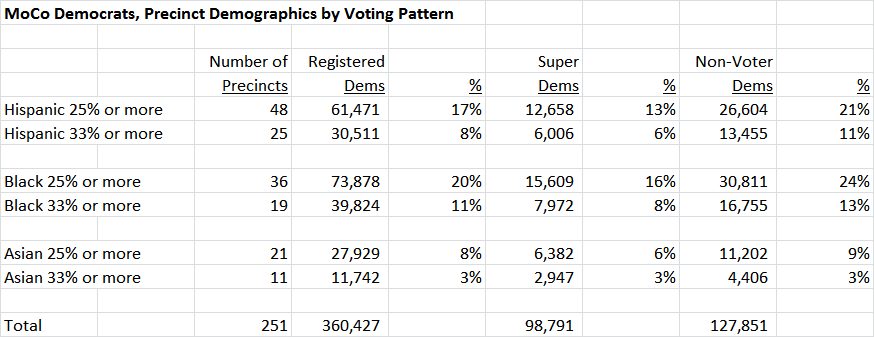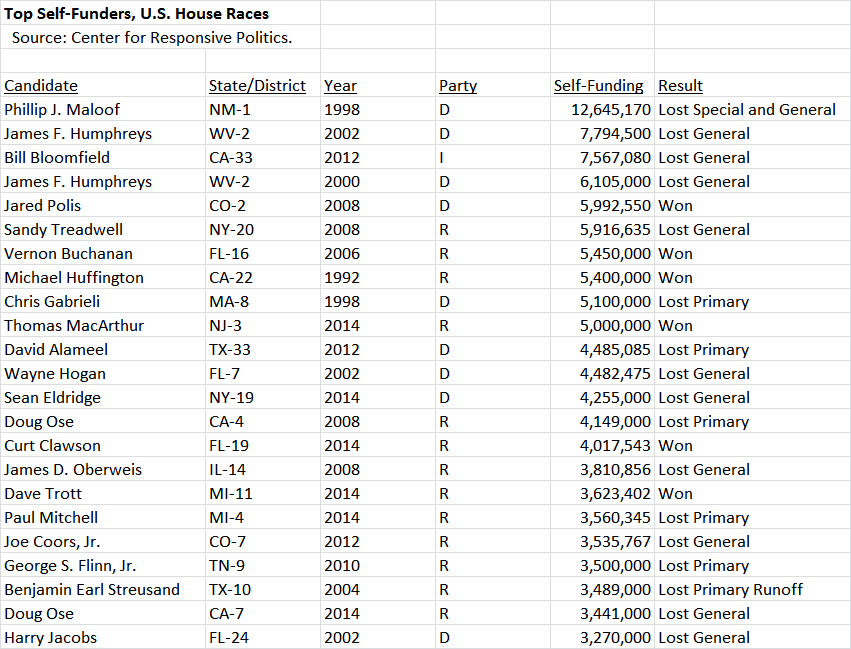What are the consequences of the disappearance of the Gazette and much of the local media? Here are a few.
1. An Information Vacuum
This is the most direct and obvious consequence: there are fewer objective news stories produced about state and local government. Many things happen now without any public attention. That’s a challenge for both elected officials and the public. Here are a few comments from our sources about this new era of media darkness.
Elected official: “I think the lack of local coverage creates a huge disconnect between state and local elected officials/government and the governed. It is particularly problematic in our area where there is such attention paid to the federal government. I believe the lack of coverage is affecting voter turnout because people don’t know who their councilmembers or legislators are or what they do, so they don’t care enough to vote. It is also difficult to publicize good initiatives or issues with no press coverage.”
Elected official: “The most immediate impact is the simple fact that our constituents, particularly the less social media savvy folks, simply don’t know what’s going on in Annapolis and what we’re doing here as their elected representatives, good and bad. This is particularly problematic in the DC media market. The Sun still has some meaningful coverage of Annapolis, the Post does not. The Gazette was helpful in bridging that gap to some extent. If folks don’t even know what we’re working on, the ability to have any meaningful political dialogue with the community takes a big hit.”
Elected official: “An already opaque legislative process is becoming even harder to follow. To be sure, The Baltimore Sun still provides political coverage, and websites like Bethesda Magazine and Maryland Reporter are filling some of the void. Even so, there are fewer media eyes on Annapolis these days, and so lots of important legislation dies without any discussion and bad legislation advances without scrutiny. This also means that lobbyists who are paid to closely follow legislative activities have new advantages, especially if the bills they are working on are relatively low key. The upshot is that all this puts a premium on legislators directly talking to constituents through social media and other means.”
Advocate: “The State Highway Administration recently pulled the RFP for the construction of the Watkins Mill Interchange. This is a road project that has been on the books and fully funded for many years and the number one road priority of the County. This would have been front page news for the Gazette and at least one letter to the editor.”
2. Less Accountability
With fewer stories produced, there are fewer opportunities for voters to read about eyebrow-raising activities by public servants. Stories like the Gazette’s report on tax liens against County Council Members, an allegedly secret contract circulated inside the council and a questionable, high salary job in county government are less likely to be written. What’s going on now that we don’t know about?
3. The Rise of Government Media
The Montgomery County Government now spends over $5 million a year on County Cable Montgomery (CCM), its in-house cable channel, and Montgomery Community Media (MCM), a non-profit providing public cable access. CCM’s full-time equivalent employee count (15.9) likely exceeds the size of Bethesda Magazine’s reporting staff. Both of these outlets provide a mix of public information and what are essentially public relations pieces for county elected officials. Neither of them would dare to undertake the investigative reporting described above for fear of funding cuts. While they provide some useful information to the public, they are no substitute for an independent press.
4. Falling Voter Turnout
Voter turnout declined in MoCo gubernatorial general elections in both 2010 and 2014. Turnout fell in the primaries too, from 138,914 in 2006 to 113,173 in 2010 to 110,602 in 2014. The latter year had contested primaries for both Governor and Executive.
Could declining state and local news coverage be contributing to this? There are probably several factors responsible, including increasingly targeted election campaigns. But if voters don’t know their elected officials, don’t know what they’re doing and don’t know their rivals, they are going to be less likely to show up at election time. Or if all they hear are negative things spread through social media and attack websites, they could react by passing term limits.
5. It Might Not Be All Bad
One journalist who covered the county many years ago told us this.
“Hmmm … I guess it could go either way: 1. There’s a reason it’s called the fourth estate. The media is there to keep politicians accountable and make sure they are being truthful, etc. 2. Without all of the grandstanding and manipulation of the media that I witnessed in MoCo, things may actually run more efficiently!”
And you thought we were spreading doom and gloom!
We’ll discuss how to adapt to this new world in Part Four.









